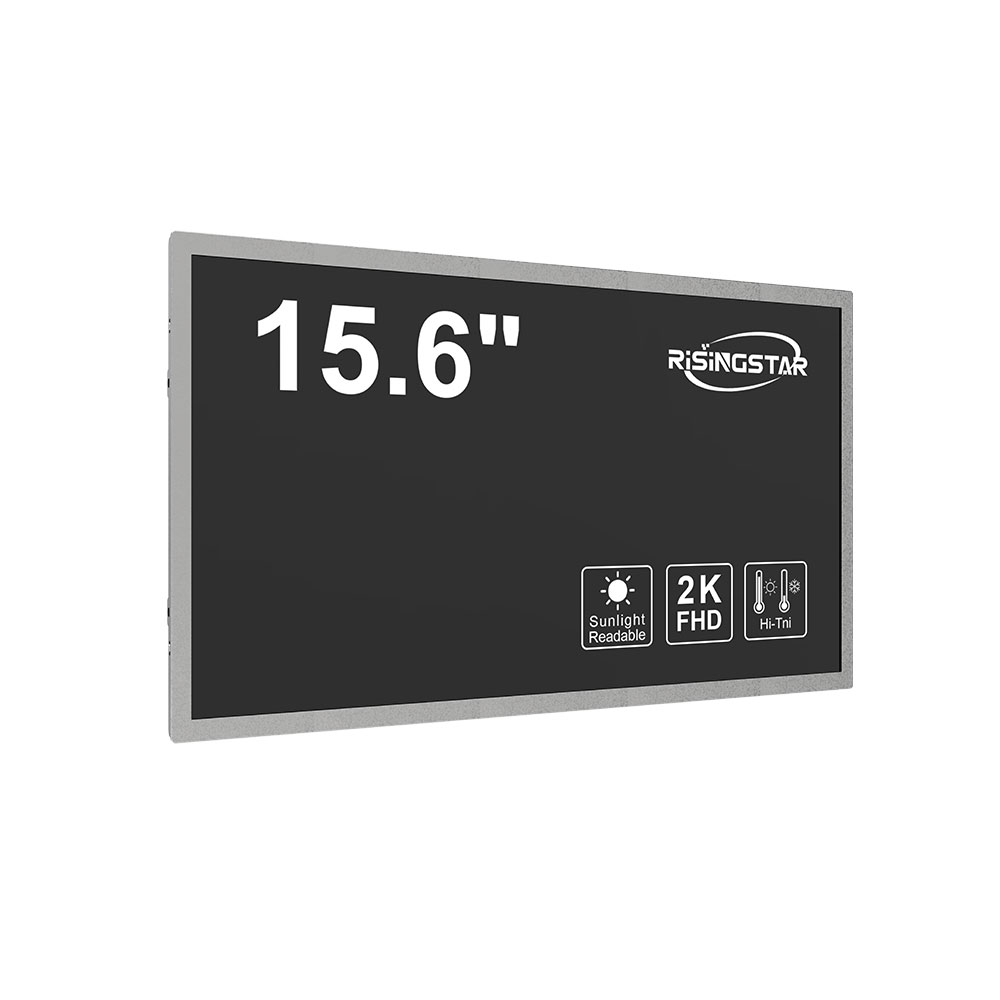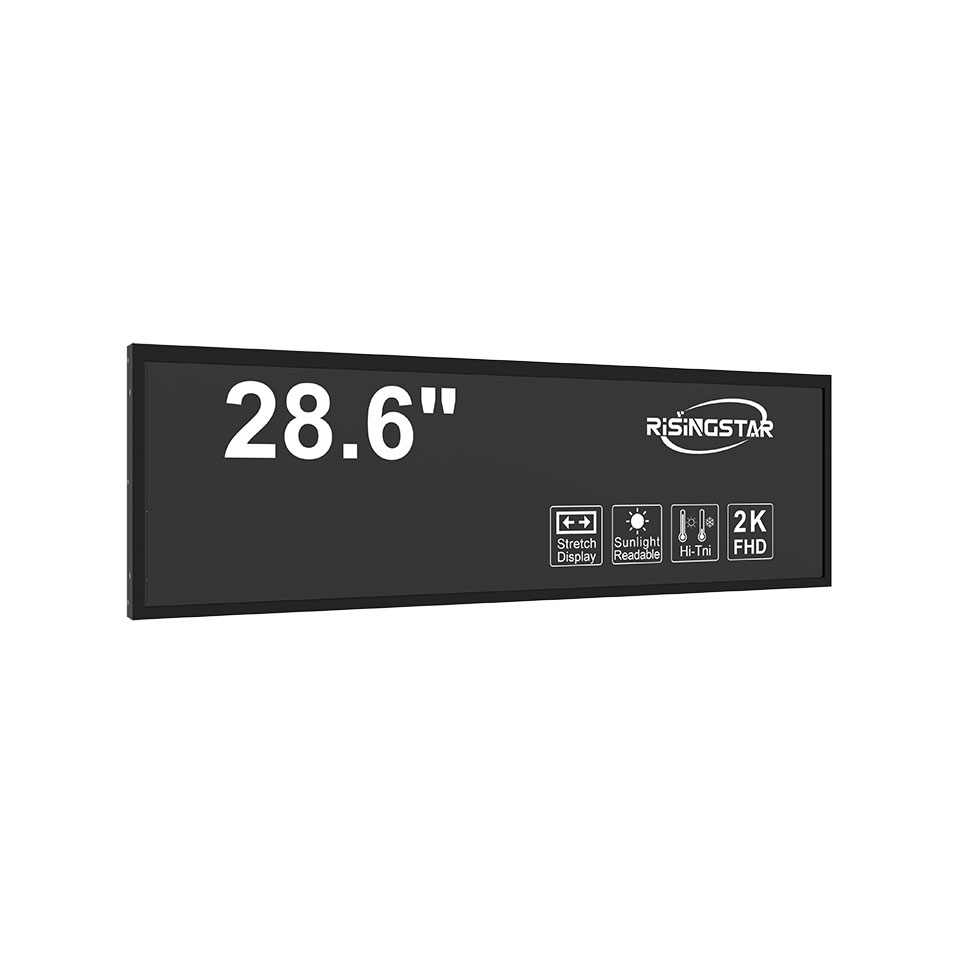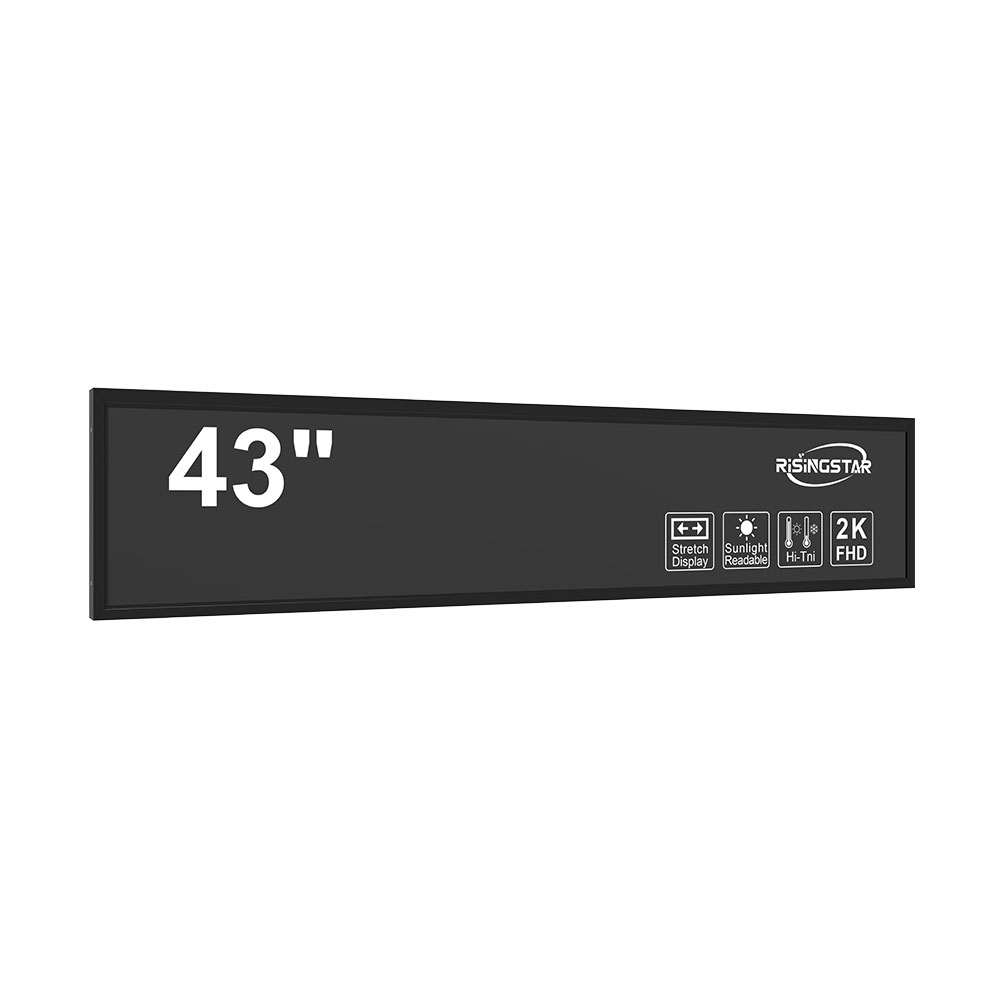
Privacy statement: Your privacy is very important to Us. Our company promises not to disclose your personal information to any external company without your explicit permission.
When selecting an outdoor LCD screen for industrial applications, especially for overseas equipment manufacturers or distributors, it is essential to prioritize durability, visibility, and environmental adaptability. Unlike indoor displays, outdoor LCDs must withstand extreme temperatures, humidity, UV exposure, and mechanical stress—factors that directly impact operational reliability and lifecycle cost.
First, evaluate the brightness level. For optimal visibility in direct sunlight, a minimum of 5,000 nits is recommended, per the SMPTE ST 2084 standard used by leading manufacturers such as LG Display and BOE. This ensures content remains legible during peak daylight hours without glare or washed-out colors. Higher brightness levels (up to 10,000 nits) may be necessary for harsh desert or maritime environments.
Second, consider the Ingress Protection (IP) rating. An IP65 or higher rating guarantees dust-tight enclosures and resistance to water jets, which is critical for factory floors, construction sites, or port facilities. The IEC 60529 standard provides rigorous testing protocols—such as salt spray resistance for coastal installations—that ensure long-term performance under real-world conditions.

Third, examine thermal management. Industrial-grade outdoor LCDs often incorporate passive cooling systems with aluminum heat sinks and active ventilation (e.g., fans rated for IP54). These systems prevent overheating in environments exceeding 50°C, as demonstrated in case studies from companies like AOC and NEC who deployed screens in Middle Eastern oil refineries.

Additionally, ensure compatibility with ruggedized components such as wide-temperature operating ranges (-30°C to +70°C), LED-backlit panels (for longer life than CCFL), and shock-resistant front glass (typically Gorilla Glass or equivalent). These features are essential for uninterrupted operation in mobile machinery, utility vehicles, or public transport systems.

Finally, look for certifications like CE, FCC, and RoHS compliance—especially if targeting EU or North American markets. These verify safety, electromagnetic compatibility, and environmental responsibility, reducing regulatory risks for importers and integrators.
By aligning technical specs with real-world use cases—from manufacturing plants in Germany to logistics hubs in Singapore—overseas manufacturers can select outdoor LCD solutions that maximize uptime, minimize maintenance, and deliver consistent user experience across global deployments.
Email to this supplier

Privacy statement: Your privacy is very important to Us. Our company promises not to disclose your personal information to any external company without your explicit permission.